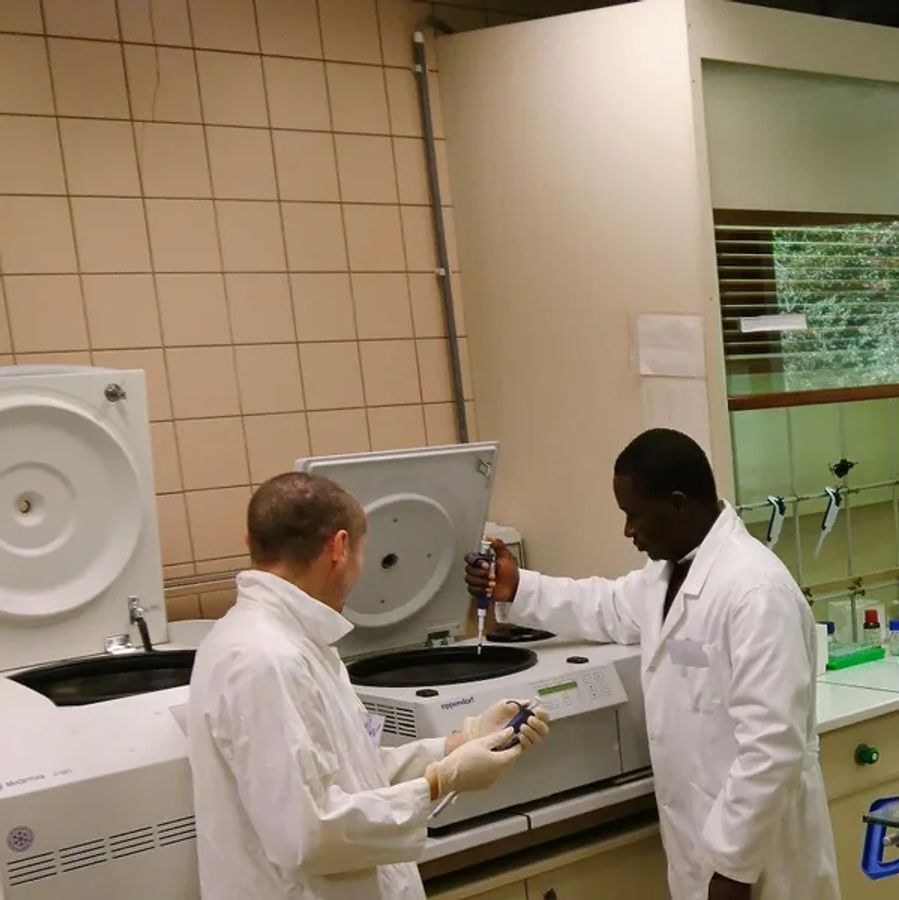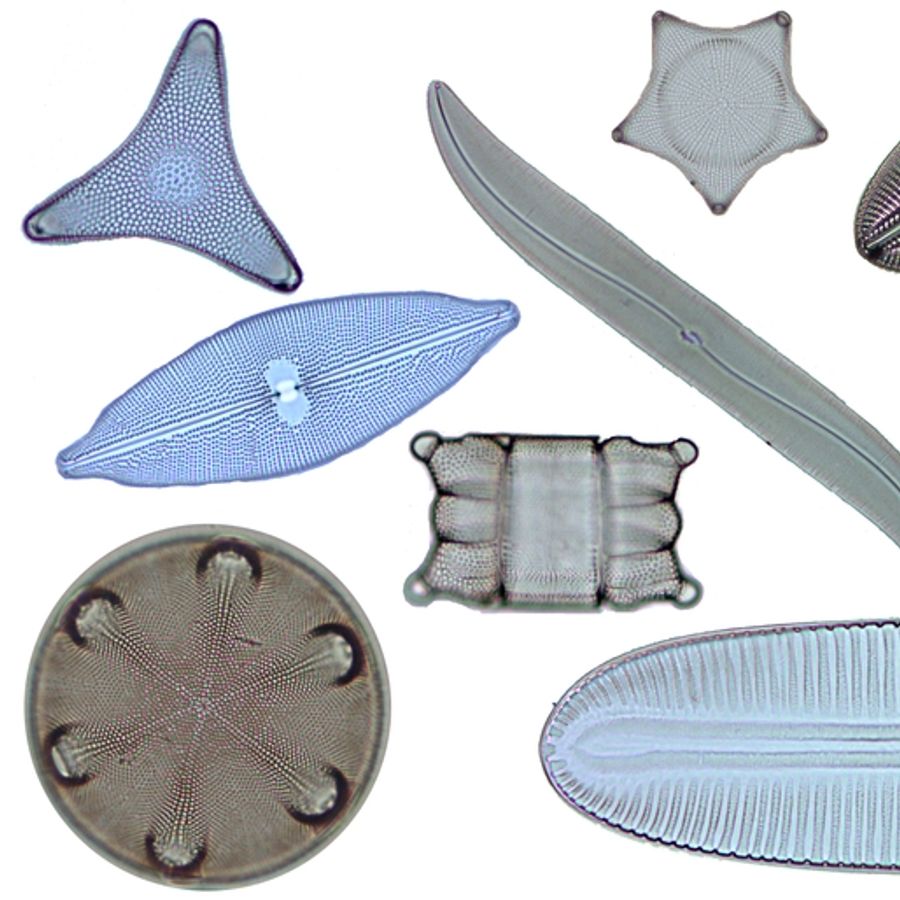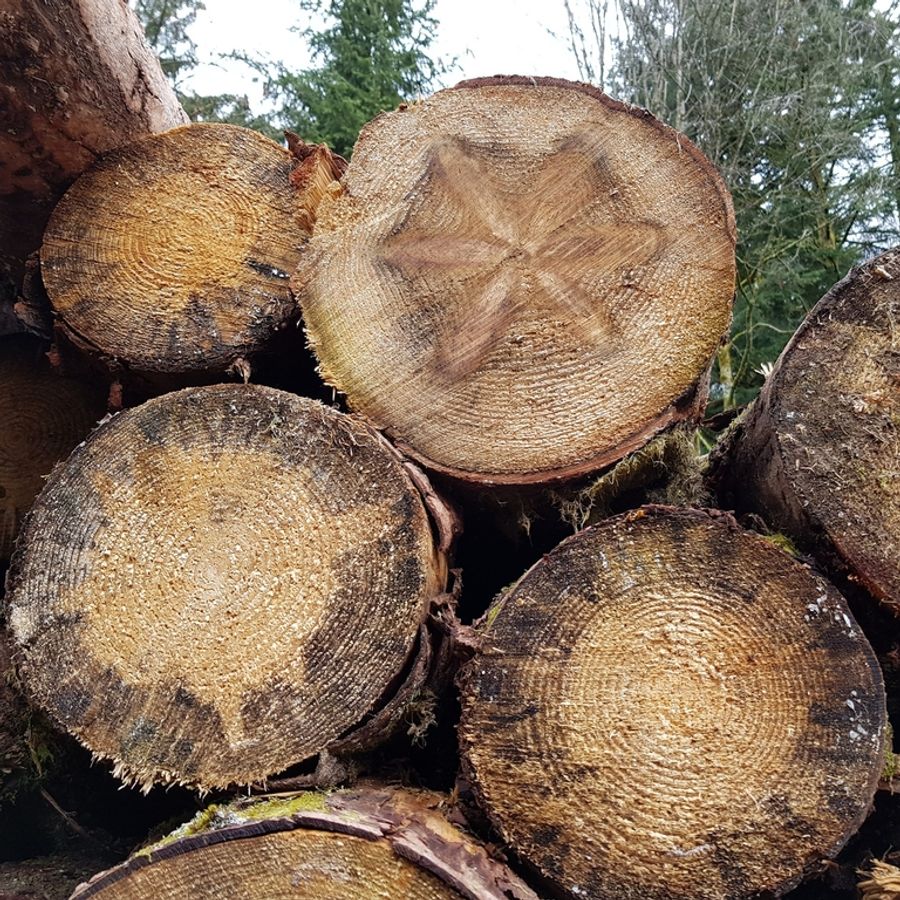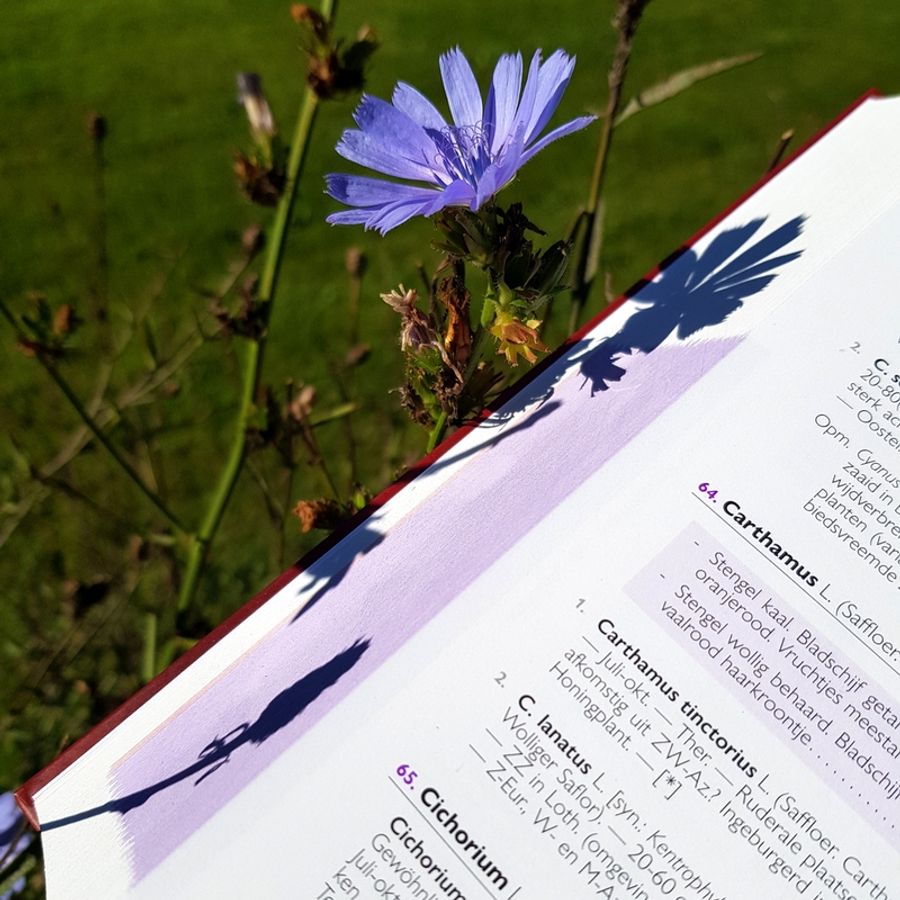
Research facilities and expertise
Research facilities and expertise
Meise Botanic Garden has a high-quality infrastructure to support its research, including herbarium digitization equipment, microscopes and a fully equipped molecular lab. This research infrastructure is supported by an excellent technical and computing staff. Meise Botanic Garden puts its scientific expertise at the service of the general public and (government) companies. We offer expertise and services in the following areas:








